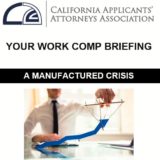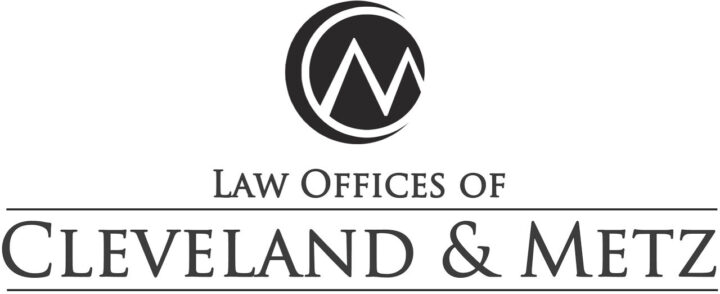Repetitive work injury and cumulative trauma news update 2019
The Workers’ Compensation Insurance Rating Bureau (WCIRB) released their “2019 State of the California Workers’ Compensation Insurance System Report” last Monday  and it continues to paint a rosy picture for employers and insurance companies while workers get left in the cold. Let’s look at some of the highlights:
and it continues to paint a rosy picture for employers and insurance companies while workers get left in the cold. Let’s look at some of the highlights:
- Since 2012, employers have saved over $3 billion annually.
- Average insurer charged rates are down a third since 2015 and two-thirds since 2003. Current charged rates are at the lowest level in a decade and are lower than rates charged since the mid-1970s.
- 2018 was the fifth consecutive year of a combined loss and expense ratio of 90 percent or less.
- Average returns on net worth have increased significantly in California since 2012, going from 3 percent in 2013, to 7.9 percent in 2015, to 8.7 percent in 2016, and to 9.9 percent in 2017.
Despite these significant cost savings for employers and increased profits for insurers, the WCIRB continues to focus on increased claims frequency in the Los Angeles Basin and San Diego areas, specifically cumulative trauma (CT) claims, as a problem.
But this time, they’ve subtly changed the narrative.
When the WCIRB released “The World of Cumulative Trauma” report last year, they attributed the increase in CT claims in the Los Angeles and San Diego regions to non-English speaking workers in the hospitality and manufacturing industries making less than $500 per week.
This earlier report clearly targeted immigrant housekeepers, seamstresses and other workers in the hospitality industries, which are some of California’s most vulnerable populations performing literally “backbreaking” work.
Now they simply attribute the increase to workers making less than $500 per week.
Coincidence? Probably not.
A manufactured crisis? Seems so.
The real crisis? The insurance industry blaming low-income workers for getting injured while working the toughest jobs, then trying to evade their original depiction of said workers.
